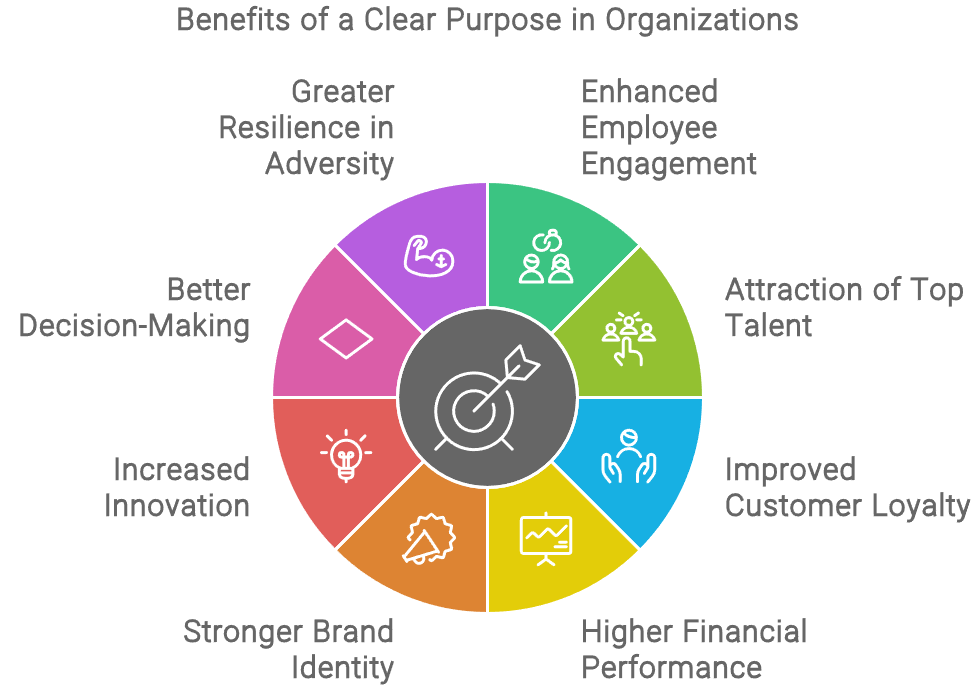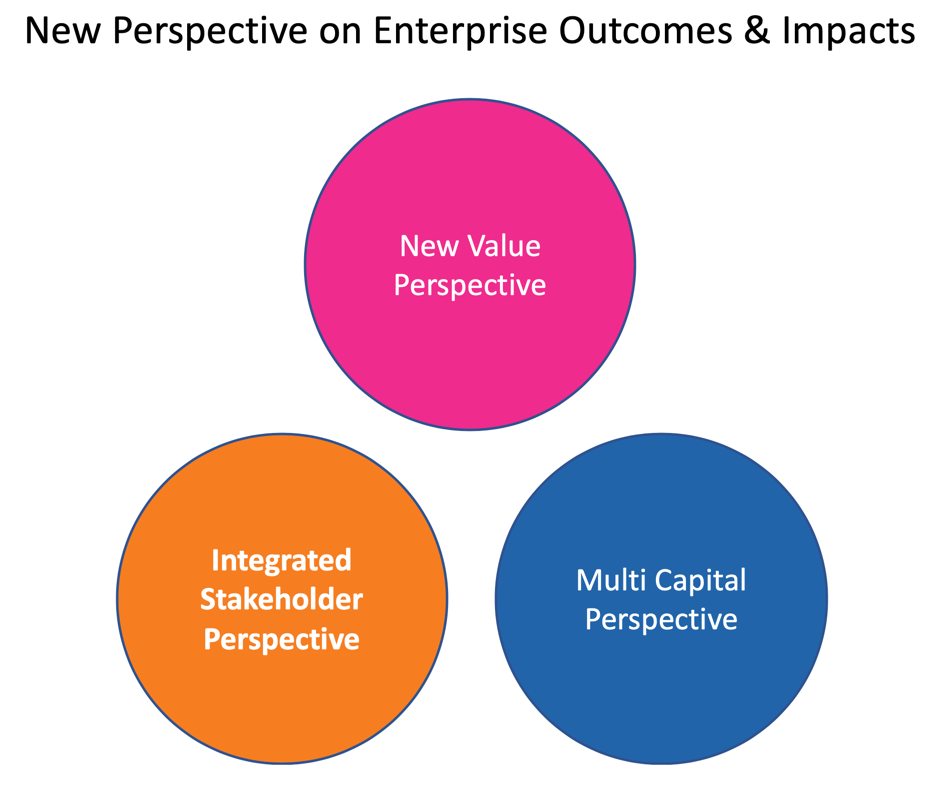The top 20 benefits to an enterprise of defining a clear purpose or massively transformative purpose (MTP):

The top 20 benefits to an organization of defining a clear purpose or massively transformative purpose (MTP):
- Enhanced Employee Engagement: A clear purpose helps align employees with the organization’s goals, increasing motivation and engagement.
- Attraction of Top Talent: Organizations with a strong purpose are more attractive to potential employees, particularly Millennials and Gen Z, who prioritize meaningful work.
- Improved Customer Loyalty: Customers are more likely to remain loyal to brands that reflect their own values and have a clear purpose beyond profit.
- Higher Financial Performance: Organizations with a clear purpose often outperform their competitors financially due to increased engagement, innovation, and customer loyalty.
- Stronger Brand Identity: A well-defined purpose strengthens the organization’s brand, making it more recognizable and resonant with both customers and employees.
- Increased Innovation: A clear purpose drives innovation as employees are motivated to think creatively to fulfill the organization’s mission.
- Better Decision-Making: A strong purpose provides a guiding star for decision-making, ensuring that all choices align with the organization’s core values and long-term goals.
- Greater Resilience in Adversity: Purpose-driven organizations are more resilient in the face of challenges because they have a strong foundation of values and a long-term vision.
- Enhanced Collaboration: A shared purpose fosters collaboration across teams and departments, as everyone is working towards the same overarching goals.
- Positive Social Impact: Organizations with a clear purpose often contribute positively to society, enhancing their reputation and making them more attractive to socially-conscious consumers.
- Increased Employee Retention: Employees are more likely to stay with an organization that provides meaningful work, reducing turnover and the associated costs.
- Improved Strategic Alignment: A clear purpose helps ensure that all levels of the organization are aligned strategically, from top management to front-line employees.
- Enhanced Organizational Culture: A purpose-driven organization fosters a positive and cohesive culture, where employees feel connected to the mission and to each other.
- Better External Partnerships: A clear purpose attracts like-minded partners and collaborators, leading to more fruitful and aligned partnerships.
- Increased Long-term Sustainability: Purpose-driven organizations tend to focus on long-term goals, which contributes to their sustainability and success over time.
- Higher Employee Productivity: Engaged and purpose-driven employees are typically more productive, contributing more effectively to the organization’s success.
- Attracting Investors: Investors are increasingly looking to invest in organizations that demonstrate a clear purpose and commitment to social responsibility.
- Stronger Community Relations: Organizations with a clear purpose often have stronger ties to their communities, leading to better support and fewer conflicts.
- Increased Market Differentiation: A clear purpose helps an organization stand out in the marketplace, making it easier to differentiate from competitors.
- Greater Organizational Agility: Purpose-driven organizations are more agile and able to adapt to change, as their purpose provides a flexible yet firm foundation for growth and adaptation.
These benefits show how a well-defined purpose or MTP can profoundly influence various aspects of an organization, leading to both tangible and intangible advantages.

